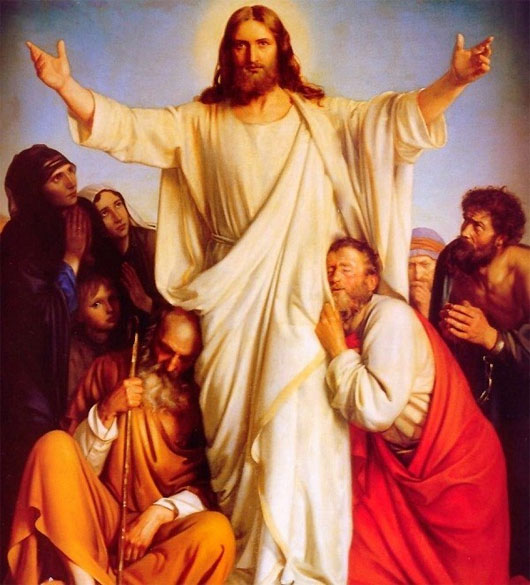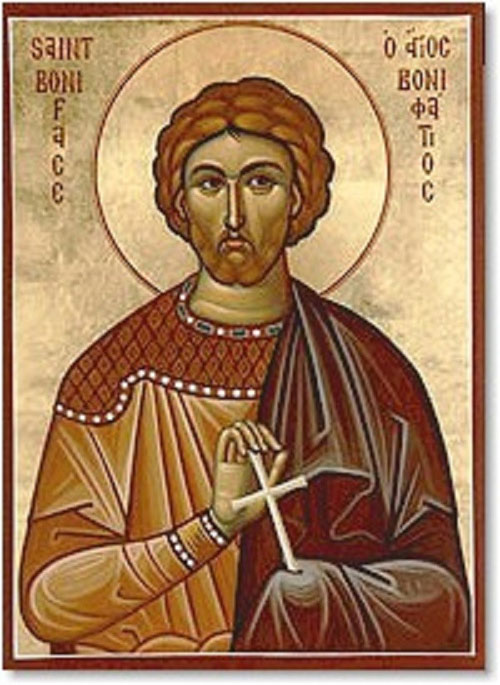Distinguish the 24th and the 25th day during Christmas
Finding the truth behind the usual misconceptions about two days of Christmas celebrations .
Christmas or Christmas is a celebration of the birth of Jesus in Bethlehem, Judea, Jews. It is estimated that the time was between 7 BC and the second year. In fact, Christmas and Christmas are one. Noel's phrase is derived from the Latin word 'naãtis' meaning birth date.

Jesus is truly the main character of Christmas.
However, the document written in the Gospel of Matthew states that Noel's name comes from the title Emmanuel, in Hebrew meaning 'God is with us .' In English, this popular holiday is called Christmas. This phrase can be broken into two languages, 'Christ' and 'Mas'. 'Christ' means 'the beloved One ' - the title of Jesus and the word 'Mas' means mass.
Normally, Christmas is held from the night of December 24 to the end of December 25. Why is an event celebrated in 2 days? This is because the Jews thought that a new day began at dusk, so it was organized early from the night of the 24th night (called the feast) before the official event was held on the whole of the 25th (call is the main ceremony of the day).
1. December 24 night - the "feast day" of Christmas
As mentioned above, according to Roman Catholicism, the night of December 24 is a time when the "feast of hope" is organized to attract more participants. On that night, all places such as the cathedral or every household decorated the cave with a manger, inside there was a statue of the Blessed Sacrament, the statue of Mary. There are donkeys, statues of the Three Kings, some angels, St. Joseph .

Picture of an English monk - Saint Boniface.
On the other hand, images on 24/12 are associated with the birth of Christmas trees. Historically, between 2000 and 1200 BC, it was said about an Epicea pine tree decorated with flowers, fruits and wheat associated with December 24, the Sun's reincarnation day.
It is said that in the 7th century there was an English monk, St. Boniface (born 680) on a pilgrimage that happened to come across a group of cultful heathens gathered around a large oak tree and used a child young to sacrifice.

Images of December 24 are also associated with the birth of Christmas trees.
In order to prevent the sacrifice and save the child, Boniface took down the oak tree with just one punch. There was a small pine tree at that place. The saint told the pagans that the small pine tree is the tree of life and it represents the eternal life of Christ. Since then, people planted pine trees for Christmas use - a symbol of hope and new vitality.
2. December 25 - Christmas holiday
There are a lot of people who say that December 25th is the day when Jesus really was born, so 25/12 is really Christmas. But this is not entirely accurate.
So far, there has been no document that can confirm whether Jesus was born on that day. All we know is that Jesus was born on a dark night in a cave, some shepherds reported by the angel came to worship God.

Jesus was born in a cave.
After this event, Christmas celebrations began to be celebrated by Christians. Initially, before the ban and arrest of the Roman authorities, they secretly chose December 25 to organize - coinciding with the Roman Feast of The Sol invictus . .
For a long time, the Roman government was unable to discover Christians who were glad to welcome the fact that Jesus came to earth because they had organized the same day of the Roman nation at that time.
After about 300 years, in 312, Roman Emperor Constantine I left polytheism and followed Christianity. He canceled the worship of the sun god. On December 25, from that day onwards, it became the birthday celebration of Jesus.

Emperor Constantine - a convert to the Roman Empire.
However, it was not until 354, Pope Libero announced December 25 as the official day to celebrate the Christmas of Jesus. And when Christianity was popular around the 4th century, Christmas began to be organized regularly and regularly.
So December 25th is just a convention day of the whole world, to commemorate a true event of history, the fact that the Son of God descends as a human being, to accomplish the mission of saving mankind.
- 9 common practices on Christmas
- Dreadful with the 19th century horror Christmas card
- The obvious but not everyone knows about Christmas
- Be overwhelmed by the wonderful virtual Christmas decorations throughout the five continents
- Why is there a Christmas? (2)
- Why does Christmas use Christmas trees but not other trees?
- Christmas in the world
- Christmas tree care process
- When should lighting Christmas trees?
- The most exclusive Christmas tree in Christmas 2016
- Many people carefree planting Christmas trees indoors without knowing the consequences
- Why is there a tradition of decorating and lighting up Christmas trees?
 'Fine laughs' - Scary and painful torture in ancient times
'Fine laughs' - Scary and painful torture in ancient times The sequence of numbers 142857 of the Egyptian pyramids is known as the strangest number in the world - Why?
The sequence of numbers 142857 of the Egyptian pyramids is known as the strangest number in the world - Why? History of the iron
History of the iron What is alum?
What is alum?